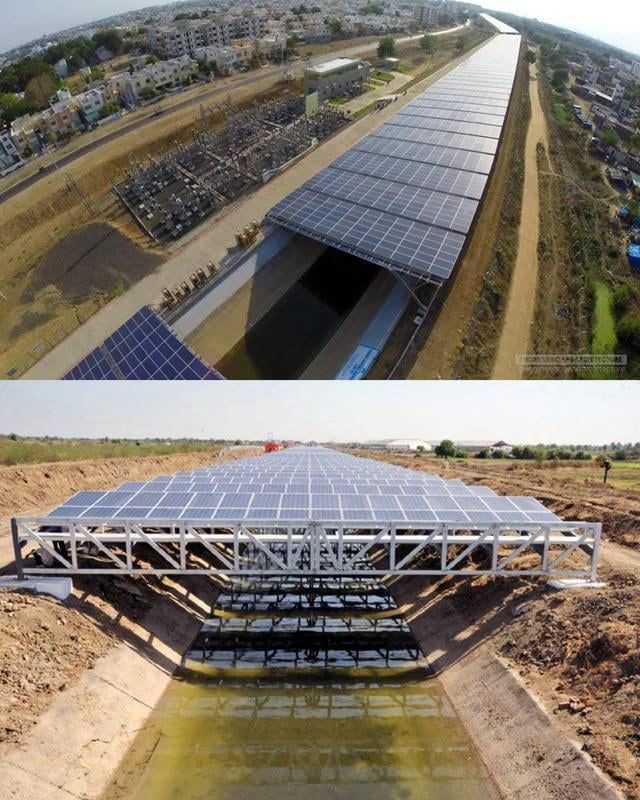Stranded wire and solid wire are two different types of electrical wire construction. Here are some characteristics and considerations for each:
Stranded Wire:
1. Construction: Stranded wire is made up of multiple thin strands of wire twisted or braided together. The individual strands are typically made of solid wire, but they can also be made of smaller stranded wires.
2. Flexibility: Due to its construction, stranded wire is more flexible than solid wire. This flexibility makes it easier to bend and route in applications where frequent movement or flexibility is required.
3. Resistance: Stranded wire generally has higher electrical resistance compared to solid wire of the same gauge. This can result in a slightly higher voltage drop over long distances or in high-current applications. However, the difference in resistance is usually negligible for most common household or low-voltage applications.
4. Durability: The multiple strands in stranded wire provide better resistance to fatigue and breaking caused by repeated bending or flexing. This makes stranded wire more durable in applications where there is frequent movement or vibration.
5. Termination: Stranded wire is typically easier to terminate or connect to terminals, connectors, or devices that have screw or clamp-style connections. The multiple strands of wire can easily fill the space and create a secure connection.
Solid Wire:
1. Construction: Solid wire consists of a single, solid conductor. It is made of a single piece of metal, usually copper or aluminum, and does not have multiple strands.
2. Rigidity: Solid wire is stiffer and less flexible compared to stranded wire. It is more suitable for applications where rigidity and minimal movement are desired, such as in fixed installations or within walls for electrical wiring.
3. Resistance: Solid wire generally has lower electrical resistance compared to stranded wire of the same gauge. This can result in slightly lower voltage drop over long distances or in high-current applications.
4. Ease of Termination: Solid wire is well-suited for termination methods such as wire wrapping or soldering. It can be easily inserted into terminal blocks or soldered onto connectors.
5. Cost: Solid wire is generally less expensive than stranded wire of the same gauge since it requires a simpler manufacturing process.
The choice between stranded wire and solid wire depends on the specific application and requirements. For applications that involve frequent movement, flexibility, or vibration, stranded wire is typically preferred. On the other hand, solid wire is often used in fixed installations and for applications where rigidity and ease of termination are important factors.












